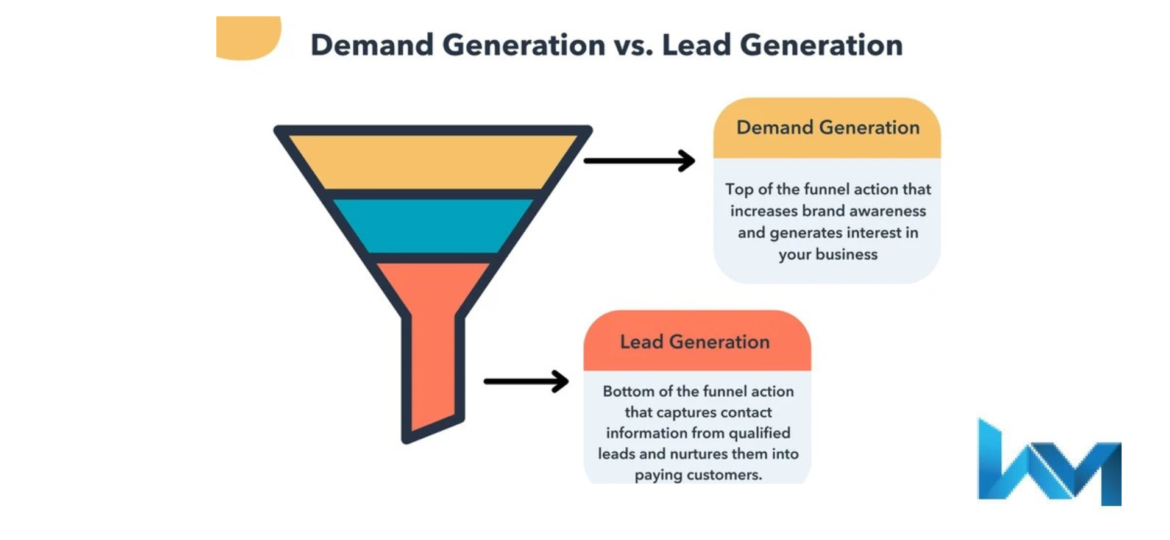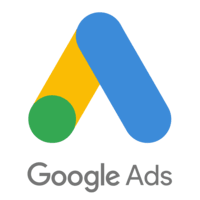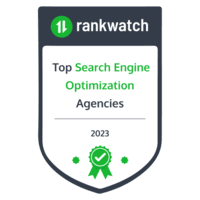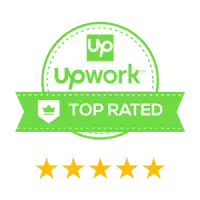
In the world of marketing, demand generation and lead generation are two essential strategies that play distinct yet interconnected roles in driving business growth. Both strategies aim to attract potential customers, but they do so at different stages of the customer journey and with different objectives in mind. To effectively leverage these strategies, it’s crucial to understand the differences between them and know when to use each. In this article, we will delve into the key distinctions between demand generation and lead generation, highlighting their unique characteristics, benefits, and when to apply them.
Understanding Demand Generation
Demand generation is a holistic approach to marketing that focuses on creating brand awareness, generating interest, and building relationships with a broad audience. Its primary goal is to create demand for your products or services within your target market. Demand generation is not concerned with immediate conversions or sales leads; instead, it seeks to establish and nurture connections with potential customers over time.
Key Characteristics of Demand Generation:
1. Audience-Centric: Demand generation takes a customer-centric approach, aiming to understand the needs, pain points, and preferences of the target audience.
2. Brand Building: It is essential for long-term brand building. Demand generation activities encompass a wide range of tactics, such as content marketing, social media engagement, public relations, and thought leadership.
3. Educational: Demand generation content often focuses on educating the audience and providing value through informative content, webinars, workshops, and other resources.
4. Top-of-Funnel: It operates at the top of the sales funnel, focusing on a broad audience and raising awareness rather than targeting specific individuals as potential leads.
5. Long-term Relationship: The goal is to build long-term relationships, foster trust, and create a favorable environment for lead generation and eventual conversions.
Benefits of Demand Generation:
1. Brand Recognition: By consistently engaging with a wide audience, demand generation helps in creating strong brand recognition.
2. Audience Engagement: It fosters ongoing engagement with potential customers, which can lead to increased brand loyalty.
3. Nurturing Prospects: Demand generation efforts lay the groundwork for lead nurturing and eventual conversions.
4. Sustainable Growth: It contributes to the sustainable growth of a business by steadily increasing its customer base.
When to Use Demand Generation:
– When entering a new market or launching a new product/service to create awareness.
– When you want to foster brand loyalty and build a long-lasting customer base.
– When your primary goal is to educate and engage a wide audience with valuable content.
Understanding Lead Generation
Lead generation, on the other hand, is a more focused and tactical approach aimed at identifying and capturing potential customers who have expressed a specific interest in your products or services. Unlike demand generation, lead generation is all about converting these interested prospects into leads by collecting their contact information for further nurturing and sales efforts.
Key Characteristics of Lead Generation:
1. Prospect-Centric: Lead generation is highly focused on identifying and targeting individuals or organizations who have shown a direct interest in your offerings.
2. Conversion-Oriented: It is primarily concerned with moving prospects through the sales funnel, from initial interest to conversion.
3. Data Collection: The process involves collecting valuable data about leads, such as contact information, preferences, and behavior.
4. Sales-Ready: The leads generated through this strategy are often considered sales-ready or have a higher likelihood of conversion.
5. Specific Campaigns: Lead generation often relies on specific campaigns, such as email marketing, PPC advertising, and landing pages, to capture leads.
Benefits of Lead Generation:
1. Increased Sales: It directly contributes to higher conversion rates and increased sales by targeting individuals interested in your offerings.
2. Efficient Resource Allocation: Resources are spent on qualified leads, leading to a more efficient use of marketing and sales budgets.
3. Measurable ROI: Lead generation efforts are easily measurable, allowing businesses to gauge the effectiveness of their campaigns.
4. Shorter Sales Cycle: Since leads are already interested, the sales cycle can be shorter, resulting in quicker conversions.
When to Use Lead Generation:
– When your objective is to identify and target specific individuals or organizations interested in your products or services.
– When you have a well-defined sales process and want to efficiently move prospects through the funnel.
– When you need to measure the direct impact of marketing campaigns on sales and revenue.
The Synergy Between Demand and Lead Generation:
While demand generation and lead generation are distinct strategies, they are not mutually exclusive. In fact, they work best when used together as part of a comprehensive marketing plan. Demand generation lays the groundwork by creating brand awareness and nurturing relationships, making it easier for lead generation to succeed.
Here’s how they can complement each other:
1. Demand Generation Nurtures the Top of the Funnel: Demand generation activities, such as content marketing and social media engagement, capture the attention of a broad audience. This audience includes potential leads who are not yet ready to buy. By providing valuable content and building brand trust, demand generation ensures that when these leads are ready to make a purchasing decision, your brand is top-of-mind.
2. Lead Generation Focuses on Conversion: Lead generation takes over when potential customers are more engaged and ready to take specific actions, such as signing up for newsletters, downloading whitepapers, or requesting product demonstrations. These actions indicate a higher level of interest and engagement, making it the right time to collect lead information for personalized follow-ups.
3. Alignment in the Sales Funnel: Demand generation addresses the top of the funnel, lead generation deals with the middle, and sales and conversion activities target the bottom. This alignment ensures a cohesive and effective customer journey.
4. Data Sharing: Data collected from lead generation efforts can be invaluable for demand generation. Knowing more about your leads allows you to tailor your demand generation content and strategies to better meet the needs and preferences of your audience.
Conclusion: Demand generation and lead generation are two vital components of a successful marketing strategy, each with its unique goals, characteristics, and benefits. To maximize your marketing efforts, it’s essential to understand when and how to use these strategies effectively. Demand generation creates brand awareness and builds relationships, while lead generation focuses on identifying and converting interested prospects into leads. When these strategies work in harmony, they create a comprehensive marketing approach that drives sustainable business growth by reaching and nurturing a wide audience while efficiently converting interested prospects into customers. By striking the right balance between demand and lead generation, businesses can establish a strong presence in their markets and achieve long-term success.






